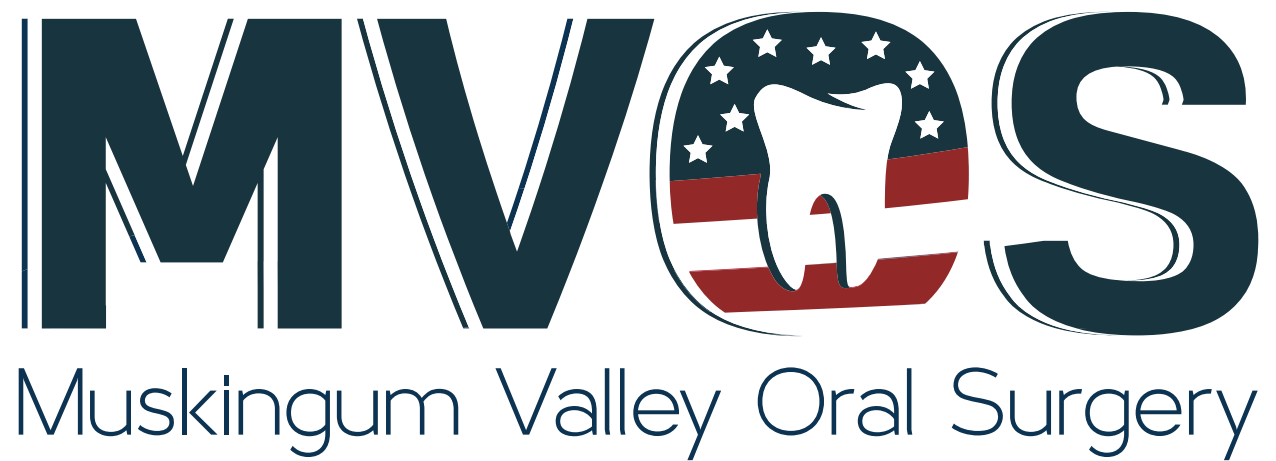Impacted Canines
An impacted tooth simply means that it is stuck and cannot erupt into function. Patients frequently develop problems with impacted third molar (wisdom) teeth. These teeth get stuck in the back of the jaw and can develop painful infections among a host of other problems (see Impacted Wisdom Teeth under “Procedures”).
Since there is rarely a functional need for wisdom teeth, they are usually extracted as a preventative measure. The maxillary cuspid (upper eyetooth) is the second most common tooth to become impacted. The cuspid tooth is a critical tooth in the dental arch and plays an important role in your bite. The cuspid teeth are very strong biting teeth and have the longest roots of any human teeth. They are designed to be the first teeth that touch when your jaws close together so they guide the rest of the teeth into the proper bite.
Normally, the maxillary cuspid teeth are the last of the front teeth to erupt into place. They usually come into place around age 13 and cause any space left between the upper front teeth to close tighter together. If a cuspid tooth gets impacted, every effort is made to get it to erupt into its proper position in the dental arch. The techniques involved to aid eruption can be applied to any impacted tooth in the upper or lower jaw, but most commonly they are applied to the maxillary cuspid teeth.
Early Recognition Of Impacted Canines Is The Key To Successful Treatment
The older the patient, the more unlikely an impacted canine will erupt by itself, even if the space is available for the tooth to fit in the dental arch. Treating such a problem may involve an orthodontist placing braces to open spaces to allow for proper eruption of the adult teeth. Treatment may also require referral to an oral surgeon for extraction of baby teeth and/or selected adult teeth that are blocking the eruption of the canines.
Expose and Bond Procedure
In cases where the canines will not erupt on their own, the orthodontist and oral surgeon work together to get these teeth into position. The most common scenario will call for the orthodontist to place braces on the teeth. A space will be opened to provide room for the impacted tooth to be moved into its proper position in the dental arch. If the baby tooth has not fallen out already, it is usually left in place until the space for the adult canine is ready. Once the space is ready, the orthodontist will refer the patient to Dr. Lee for a consultation.
Once the consultation is done, we can get the surgery scheduled. During the surgery, the gum on top of the impacted tooth will be lifted to expose the hidden tooth underneath. If there is a baby tooth present, it will be removed at the same time. Once the tooth is exposed, the oral surgeon will bond an orthodontic bracket to the exposed tooth. The bracket will have a miniature gold chain attached to it. The oral surgeon will guide the chain back to the orthodontic arch wire where it will be temporarily attached. Sometimes the surgeon will leave the exposed impacted tooth completely uncovered by suturing the gum up high above the tooth or making a window in the gum covering the tooth (on selected cases located on the roof of the mouth). Most of the time, the gum will be returned to its original location and sutured back with only the chain remaining visible as it exits a small hole in the gum.
Shortly after surgery (1-14 days) the patient will return to the orthodontist. A rubber band will be attached to the chain to put a light eruptive pulling force on the impacted tooth. This will begin the process of moving the tooth into its proper place in the dental arch. This is a carefully controlled, slow process that may take up to a full year to complete. Remember, the goal is to erupt the impacted tooth and not to extract it! Once the tooth is moved into the arch in its final position, the gum around it will be evaluated to make sure it is sufficiently strong and healthy to last for a lifetime of chewing and tooth brushing.
What To Expect From Surgery To Expose & Bracket An Impacted Tooth?
The surgery to expose and bracket an impacted tooth is a very straightforward surgical procedure that is performed in the oral surgeons office. For most patients, it is performed under IV sedation. You can expect a limited amount of bleeding from the surgical sites after surgery. Although there will be some discomfort after surgery at the surgical sites, most patients find Tylenol or Advil to be more than adequate to manage any pain they may have. Within two to three days after surgery there is usually little need for any medication at all. There may be some swelling from holding the lip up to visualize the surgical site; it can be minimized by applying ice packs to the lip for the afternoon after surgery. Bruising is not a common finding at all after these cases. A soft, bland diet is recommended at first, but you may resume your normal diet as soon as you feel comfortable chewing. It is advised that you avoid sharp food items like crackers and chips as they will irritate the surgical site if they jab the wound during initial healing. You should plan to see your orthodontist within 1-14 days to activate the eruption process by applying the proper rubber band to the chain on your tooth.
